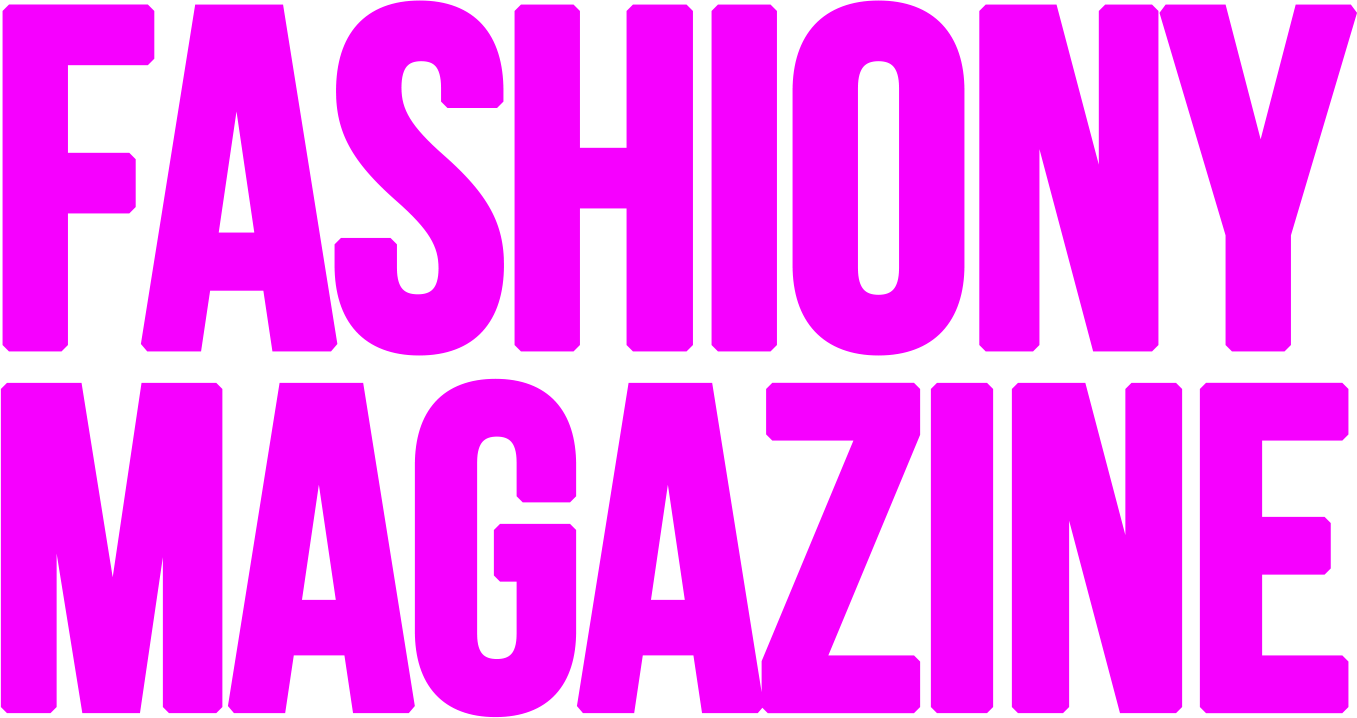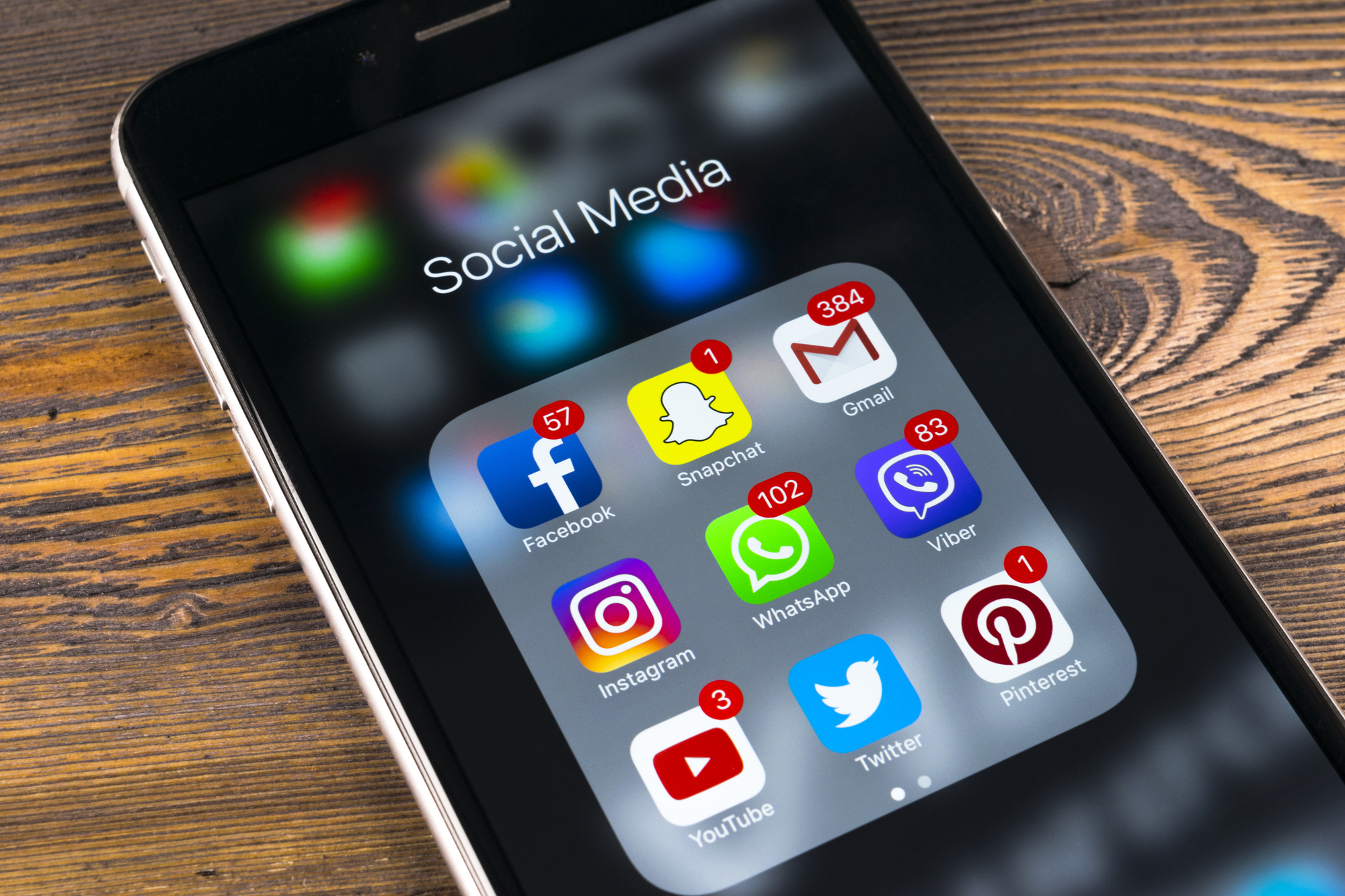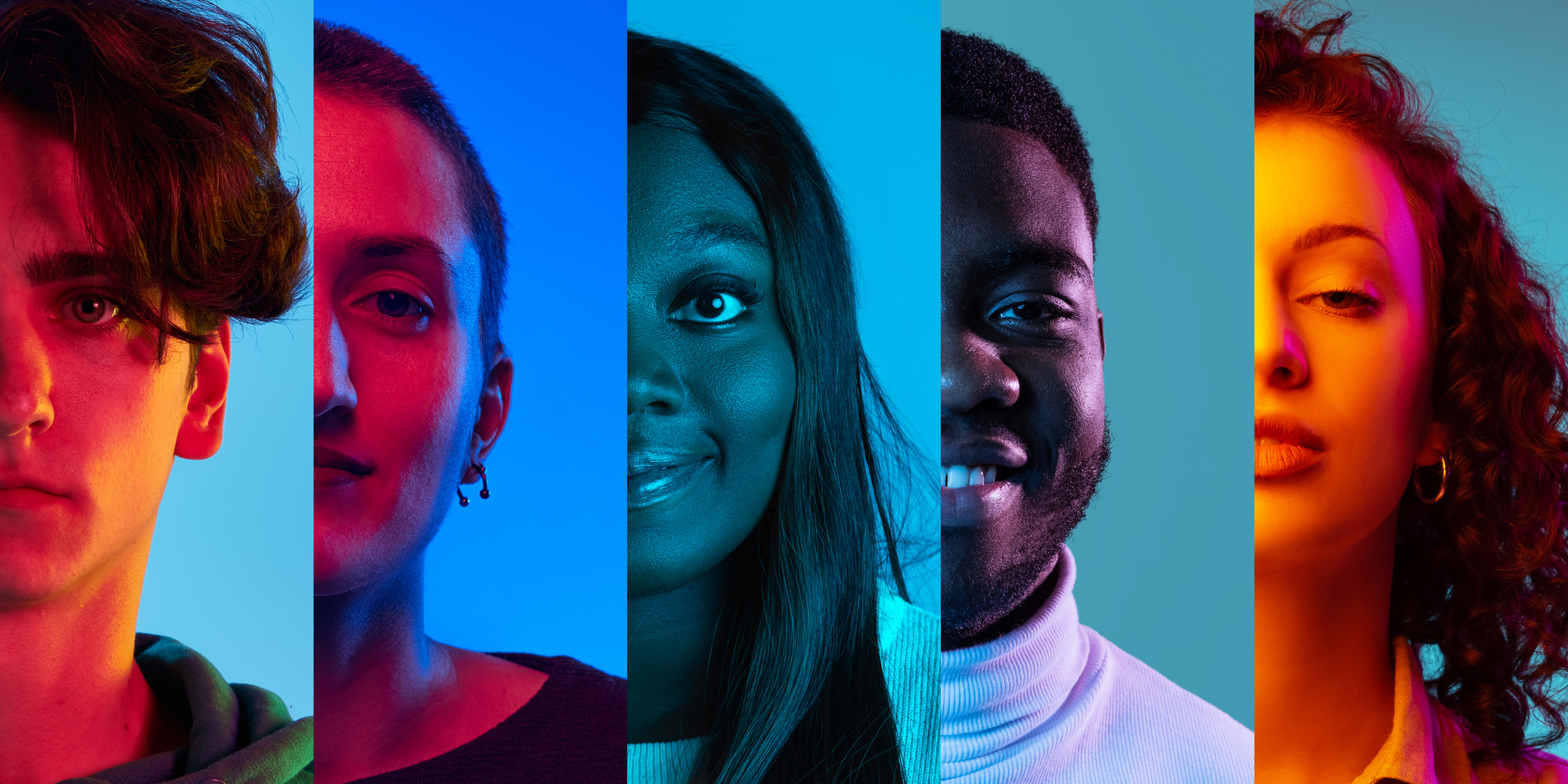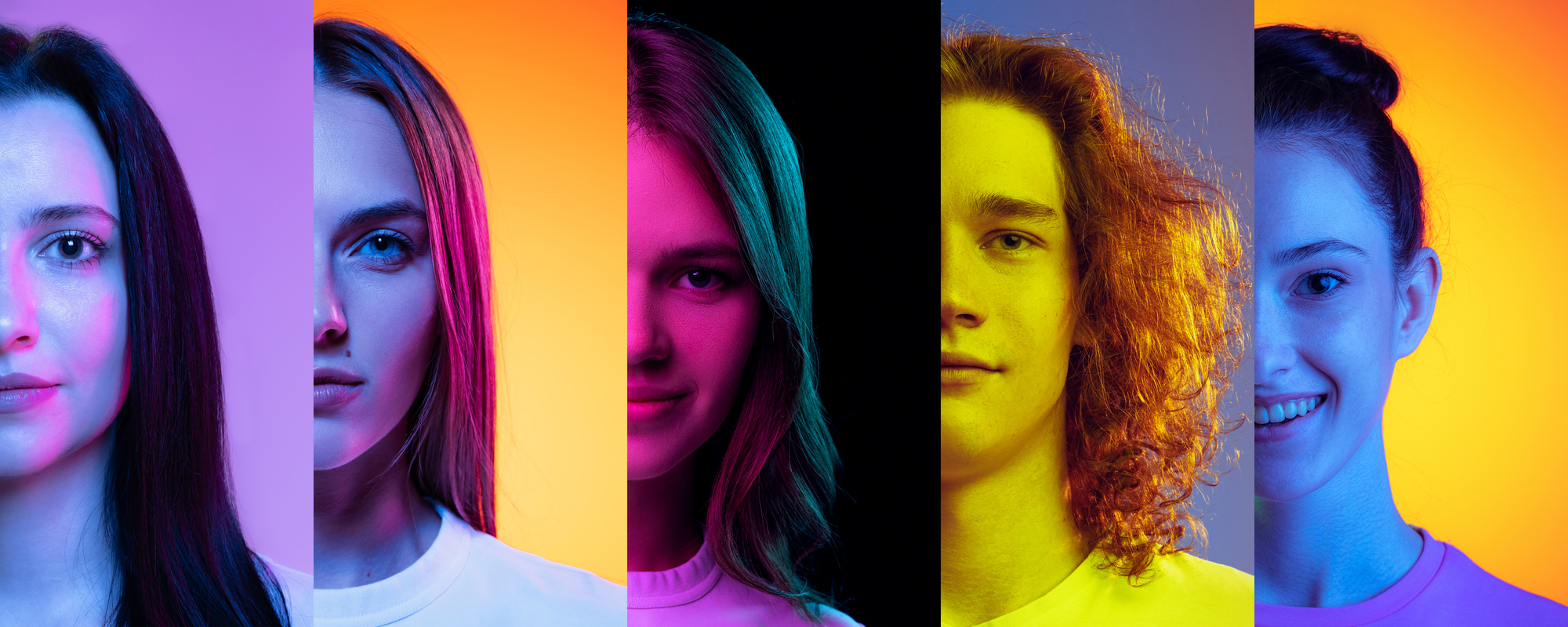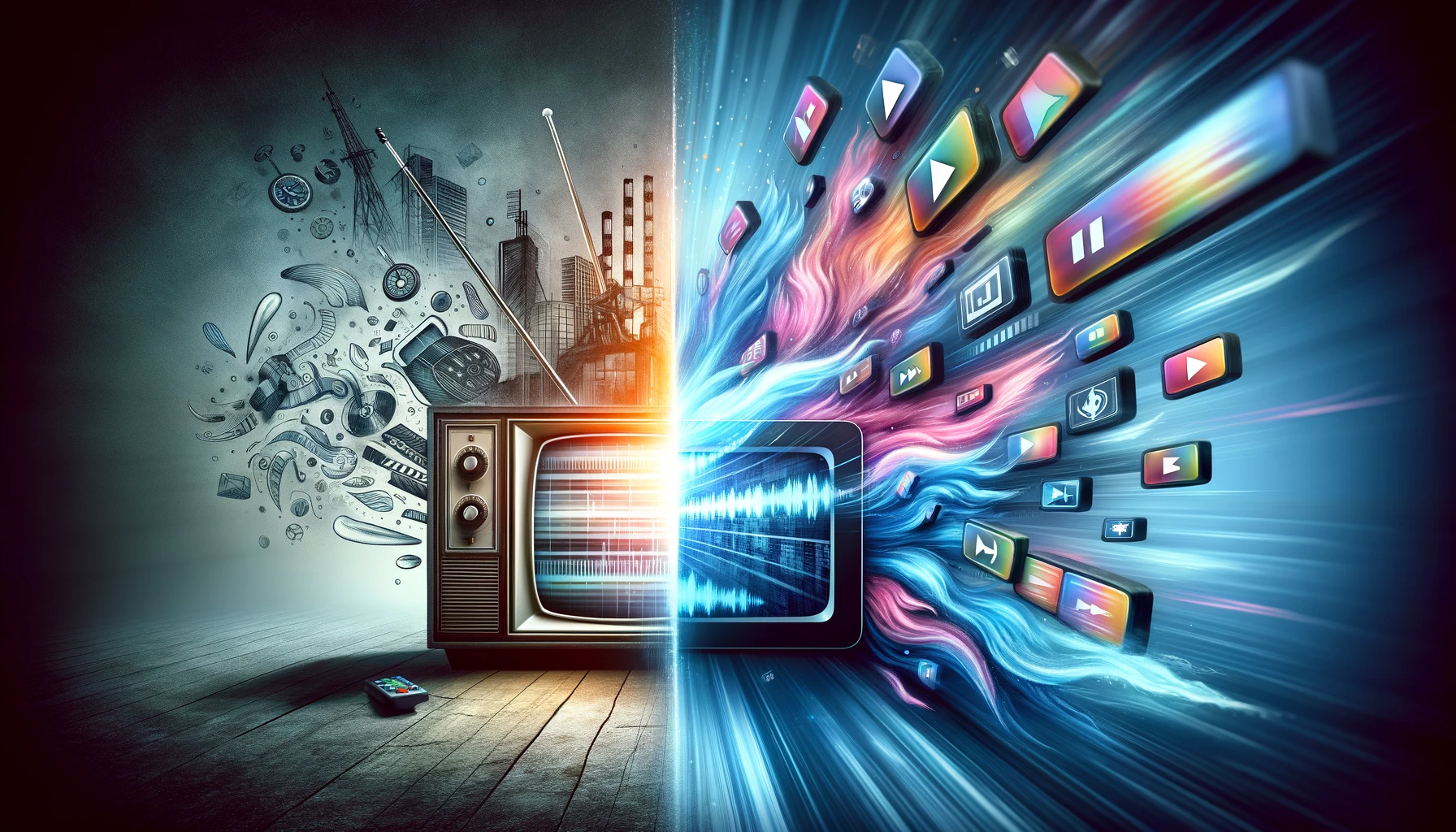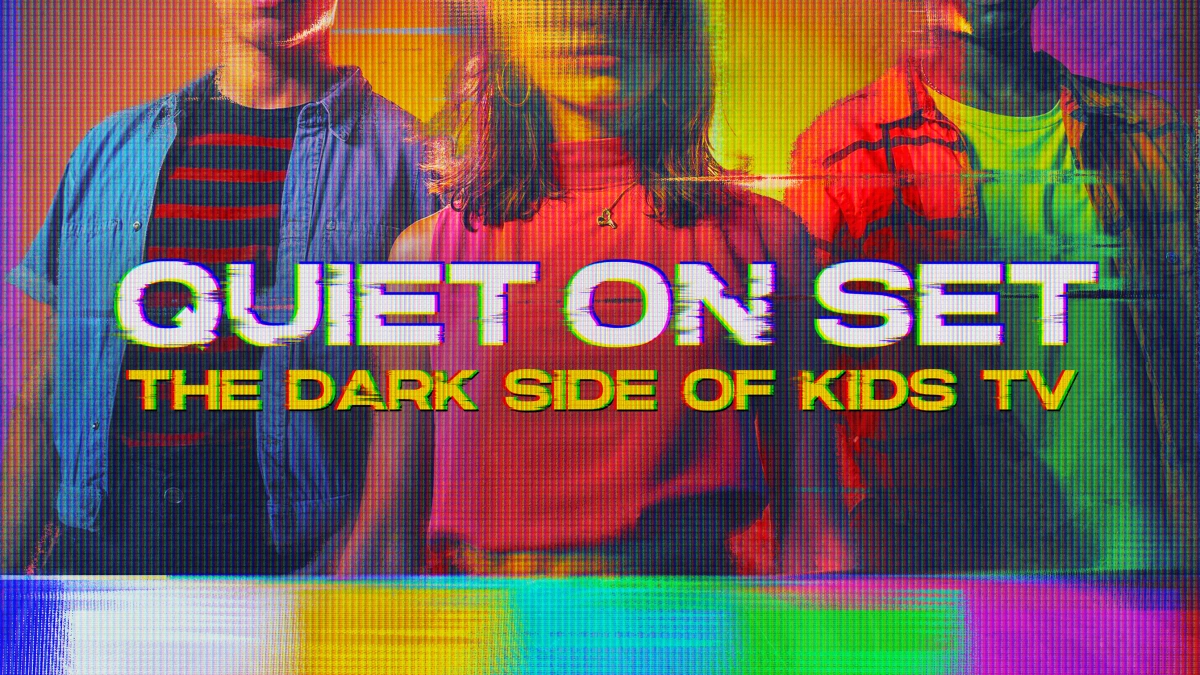Social media has become an integral part of our lives, allowing us to connect with friends, share our experiences, and stay informed. But as the saying goes, „With great power comes great responsibility.“ In the case of social media, that power can sometimes take a toll on our well-being.
The Comparison Game
One of the most significant contributors to social media toxicity is the constant comparison. Platforms are flooded with curated, seemingly perfect lives, and it’s easy to fall into the trap of comparing ourselves to others. This can lead to feelings of inadequacy, low self-esteem, and even anxiety. Let’s delve into how this comparison game affects our mental health.
Numerous studies, including research published in the journal *Computers in Human Behavior* (Vogel et al., 2014), have highlighted the detrimental effects of social media-induced social comparison. Constant exposure to idealized representations of others‘ lives can lead to negative self-perceptions and increased feelings of social isolation.
Highlighting Cyberbullying
Unfortunately, social media is also a breeding ground for cyberbullying. The anonymity provided by the internet empowers individuals to engage in harmful behaviors they might never consider in face-to-face interactions. We’ll discuss the impact of cyberbullying on victims and explore potential solutions to address this growing issue.
The dark side of social media also includes cyberbullying, a subject extensively studied in a report by the National Academies of Sciences, Engineering, and Medicine. The report emphasizes the serious consequences of cyberbullying on mental health, especially among adolescents, and calls for a multi-faceted approach to tackle this issue.
The Echo Chamber Effect
Another aspect that contributes to the toxicity is the creation of echo chambers. Algorithms on social media platforms often show us content that aligns with our existing beliefs, limiting exposure to diverse perspectives. This can reinforce biases and polarize opinions, fostering an environment that discourages healthy dialogue.
Research in the *Proceedings of the National Academy of Sciences* (Bakshy et al., 2015) reveals how algorithms on social media platforms contribute to the formation of echo chambers. By curating content based on user preferences, these algorithms limit exposure to diverse viewpoints, fostering polarization and hindering open dialogue.
Digital Well-being
Now, let’s talk about digital well-being. Excessive use of social media has been linked to various mental health issues, including depression and loneliness. We’ll explore the science behind these connections and discuss practical tips for maintaining a healthy balance between online and offline life.
The impact of excessive social media use on mental health is well-documented. A meta-analysis published in the *Journal of Abnormal Psychology* (Twenge et al., 2019) suggests a significant increase in major depressive episodes among adolescents and young adults, coinciding with the rise of social media.
Conclusion
As we wrap up today’s exploration of the toxic side of social media, it’s essential to acknowledge that these platforms aren’t inherently evil. They provide incredible opportunities for connection and information sharing. However, it’s crucial for us as users to be mindful of our online habits and promote a more positive digital culture.
The scientific literature paints a clear picture – the impact of social media on mental health is real and multifaceted. As we navigate this digital landscape, understanding these insights can empower us to make informed decisions about our online behavior.
